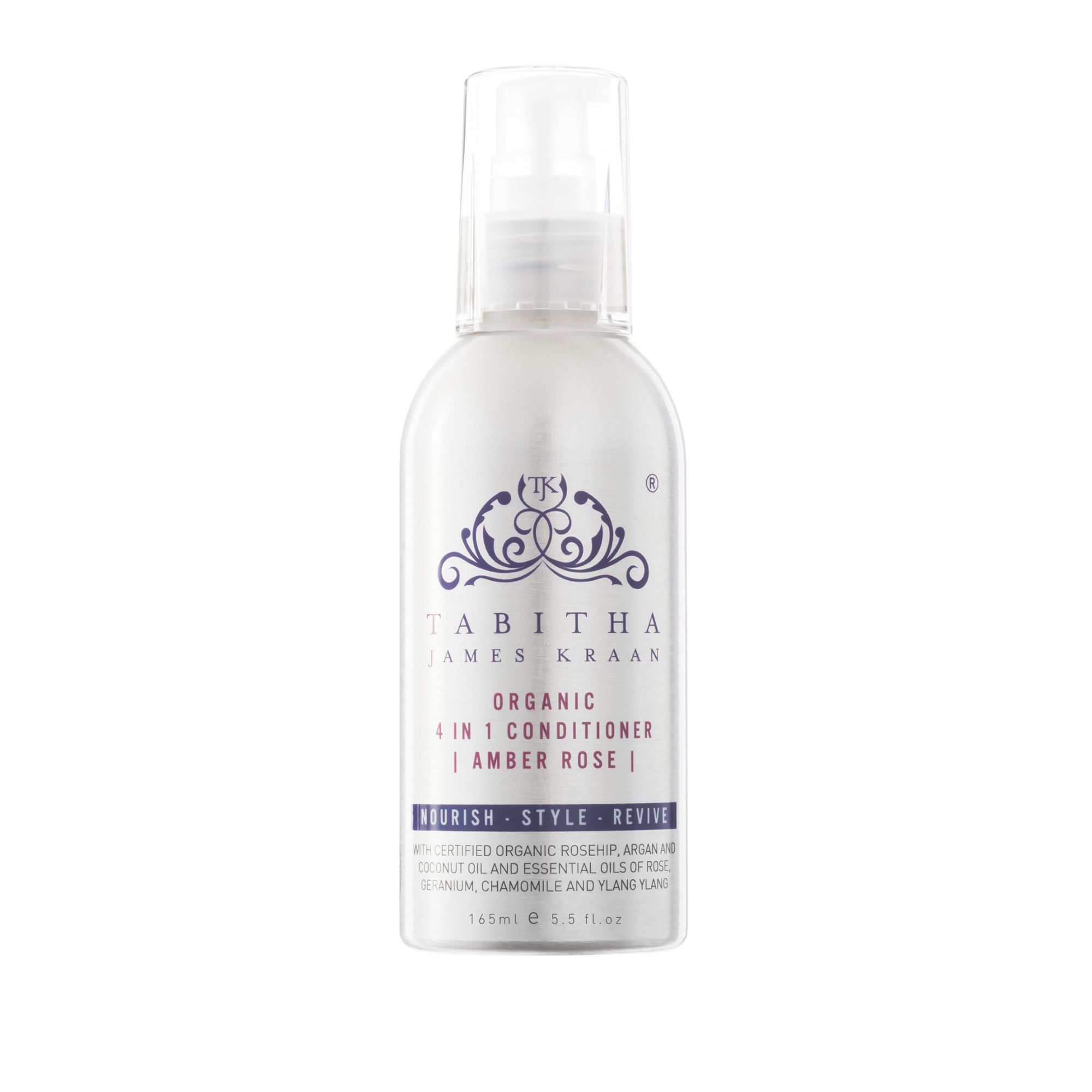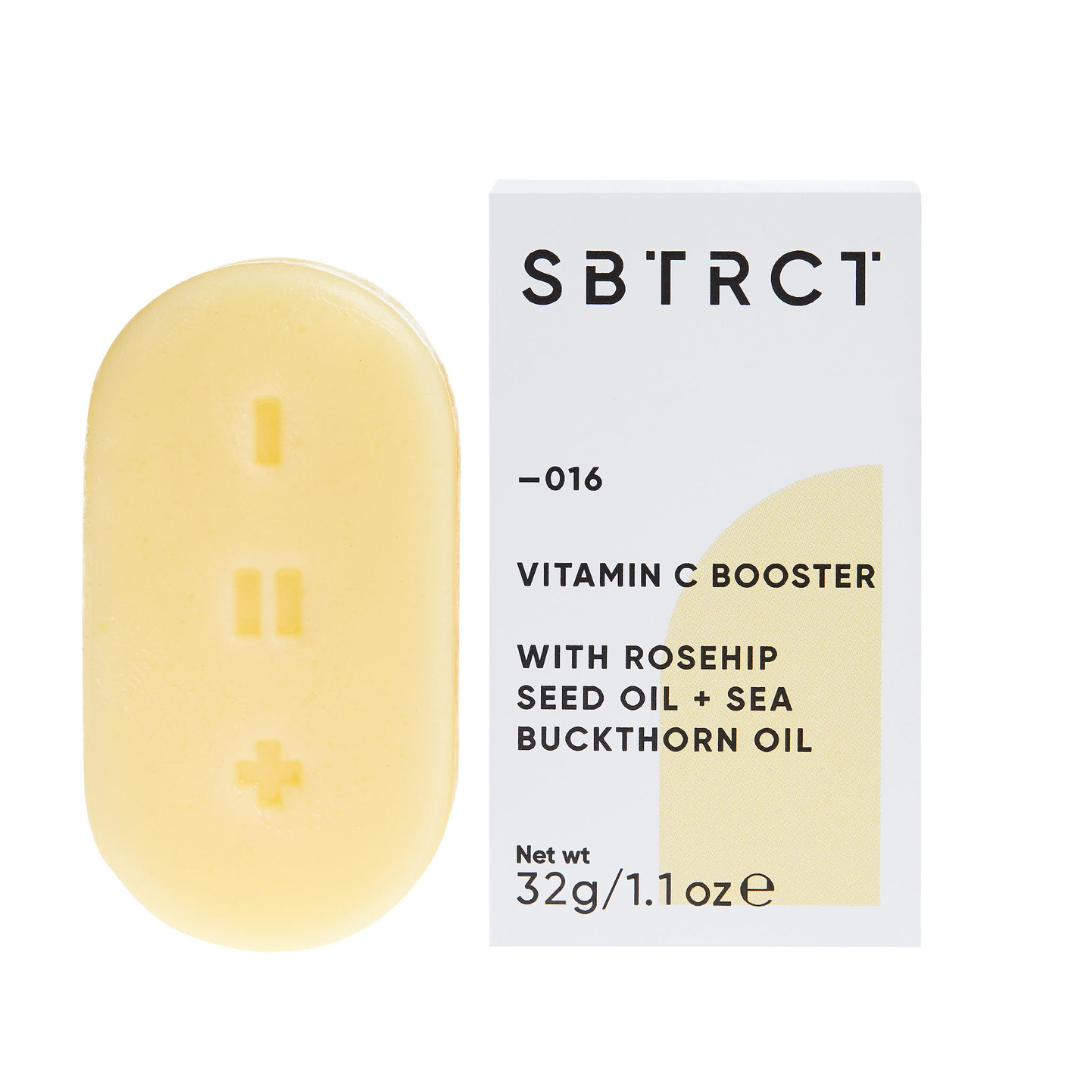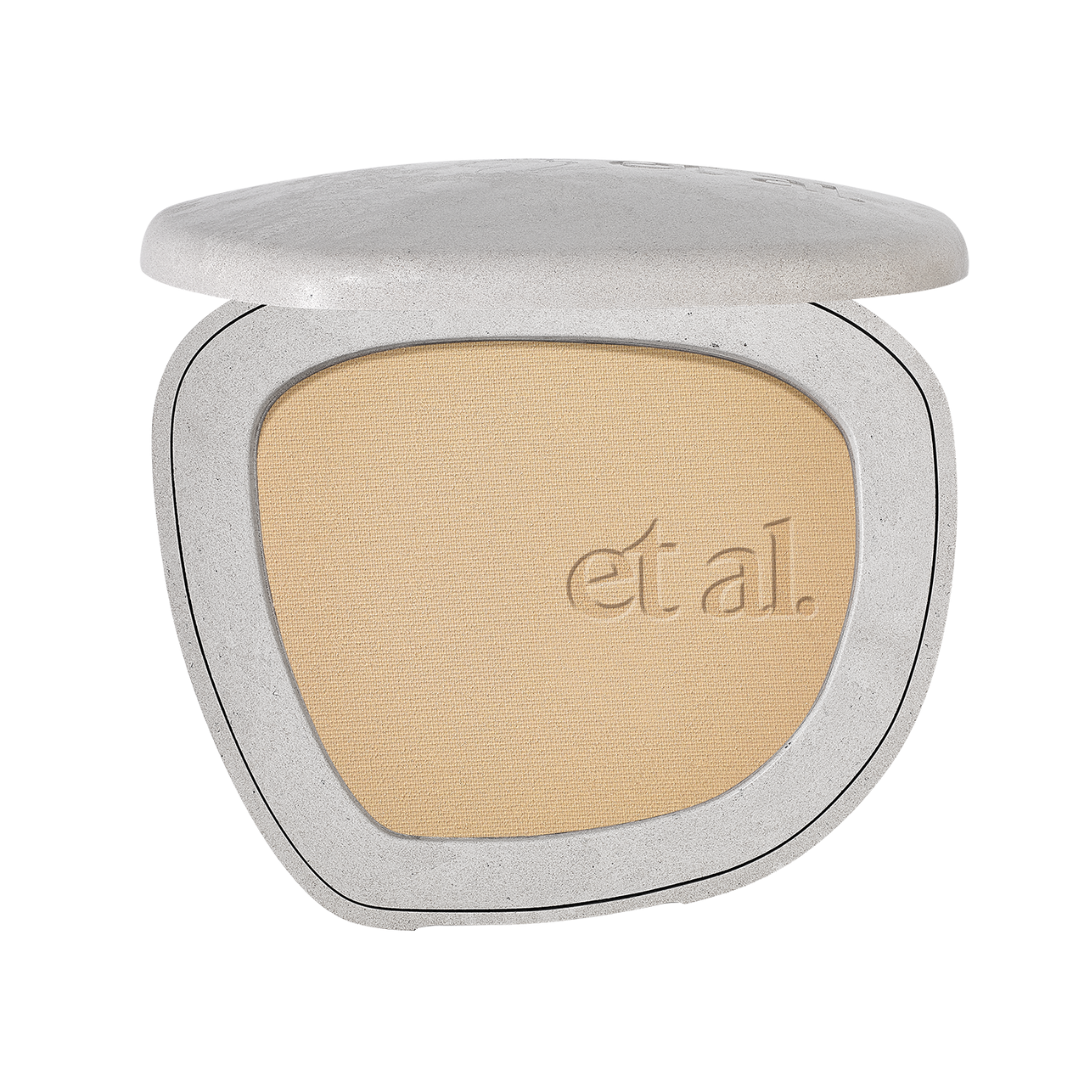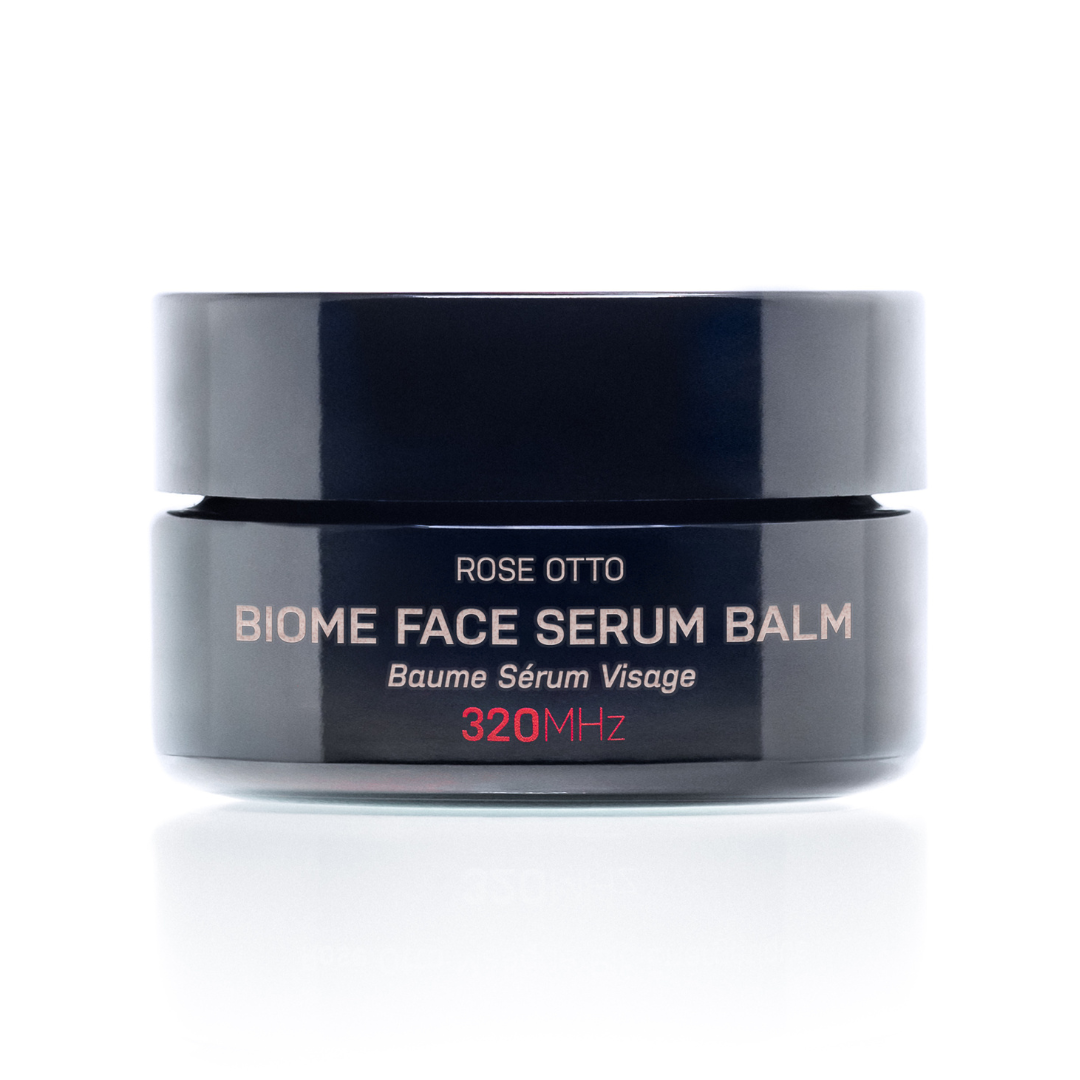In The Loop: Discover the hidden world of microplastics in your cosmetics
We explore the multifaceted issues surrounding synthetic microplastics in our beauty products


Did you know that nine out of 10 of the most popular beauty products contain microplastics? While the staggering amount of packaging waste in the cosmetics industry is a well-known concern, the presence of microplastics in product formulations has been overlooked and is an equally significant issue.. Unlike visible packaging waste, these tiny particles go unnoticed as they enter the environment, causing harm to our soil, oceans and wildlife.
Although there's extensive research on their environmental impact, there's a lack of comprehensive studies on potential risks to human health from skin absorption. While waiting for stronger regulations, we can stay informed, make conscious choices, and encourage the industry to adopt more sustainable practices.
What are microplastics?
Microplastics are small synthetic particles, commonly found in many everyday beauty products like shampoo, deodorant, conditioner, shower gel, lipstick and sunscreen. They serve multiple functional roles often enhancing the product's texture, feel and overall efficacy. Despite their functional benefits, microplastics pose significant environmental challenges due to their size and durability. The European Chemicals Agency (ECHA) defines them as "solid-state synthetic microparticles composed of insoluble, non-biodegradable polymers smaller than 5mm."
Identifying microplastics in cosmetic products can be challenging. "The International Nomenclature of Cosmetic Ingredients (INCI) system lists only the chemical names of ingredients, not their physical forms," says Paige Tracey at the Soil Association. "For example, in lipsticks, a form of polyethylene wax that melts during manufacturing is used, resulting in no solid microplastic particles in the final product, despite the presence of polyethylene on the ingredient label," she says. "It is important to recognise that microplastics are not just solid, they can also be in the form of liquids and waxes."
What are the legal guidelines on microplastics?
The 2018 microbead ban, though a significant step towards reducing plastic pollution, has limitations. The ban primarily targets rinse-off products like shampoos and face washes, which are forbidden from containing plastic beads. However, leave-on products like sunscreen and makeup were not included in this legislation. This creates a significant loophole, as microbeads and other microplastics can still be used in these products.
The EU legislation that was adopted in September 2023 is the most extensive ban on the use of microplastic globally. Although, “The EU also has a limited definition," says the Plastic Soup Foundation. "Only ’solid particles’ smaller than 5mm are banned. Waxy and liquid polymers are exempt. The problem is we have no (public) information about the biodegradability, bioaccumulation and toxicity of these substances and we believe the exception for liquid polymers should be lifted.”
A post shared by Plastic Soup Foundation (@plasticsoupfoundation)
A photo posted by on
Environmental impact
Microplastics have substantial environmental impact, with the European Chemicals Agency estimating 42,000 tonnes entering Europe's environment each year, including 3,800 tonnes from cosmetics. It is suggested that the ban could prevent a total of 500,000 tonnes over 20 years.
Celebrity news, beauty, fashion advice, and fascinating features, delivered straight to your inbox!
However, Sian Sutherland, co-founder of Plastic Free and A Plastic Planet, says "Nobody knows how many millions of tonnes and pieces of plastic in whatever size or shape, nanoplastics, microplastic, bigger plastics that we put out - not just in the oceans but in the soil, air and rain too. It is everywhere."
When products with microplastics are used and washed off, these tiny particles often bypass wastewater filtration systems. "While some microplastics are captured in sewer treatment plants, not all are, and sewage sludge is still used in some countries, despite its drawbacks," says the Plastic Soup Foundation. "Clean-up is challenging due to their small size, leading to long-term ecosystem threats and entry into the food chain as they degrade into nanoparticles."
A post shared by A Plastic Planet (@aplasticplanet)
A photo posted by on
What role do microplastics play in beauty products?
Their usage in cosmetics can be broadly categorised by functions such as opacifying (making certain products less transparent or clear, or mattifying in make-up products, especially in face powders, foundations, and primers).
They can also add a soft, silky feel by imparting a luxurious, smooth texture to cosmetic products like foundations and conditioners, and they can also play a crucial role in modifying the texture of cosmetic products, making them thicker or thinner. Microplastics are also vital in products like mascara, where they help the product adhere to lashes.
In addition to these functional benefits, microplastics are favoured in the cosmetics industry due to their chemical and physical inertness. Being inert means that they do not react with other ingredients in the product, ensuring stability and safety. Furthermore, their low susceptibility to biological contamination makes them a hygienic choice, reducing the risk of product spoilage and extending shelf life.
How to reduce exposure to microplastics
Avoiding microplastics in cosmetics can be achieved through various strategies. One effective tool is the "Beat the Microbead" app, which helps identify microplastics in products by scanning their ingredients. Another approach is to choose certified products, such as those with Soil Association COSMOS Organic certifications, as these guarantee the absence of synthetic microplastics in formulations.
You could also support brands that are transparent about their formulations and committed to environmental sustainability. Continue to scrutinise the ingredient lists on beauty and personal care products, but until there are more explicit labelling standards and broader awareness about microplastics in cosmetics, navigating this complex issue will remain a challenge.
A post shared by Plastic Soup Foundation (@plasticsoupfoundation)
A photo posted by on
Brands free from microplastics
The existence of numerous beauty brands that create effective products without microplastics is a testament to the feasibility of alternatives. These brands demonstrate that it is possible to manufacture beauty and personal care products that are both effective and environmentally-friendly.
Here are five beauty brands that don’t contain solid, liquid or wax microplastics:
Lisa Oxenham is a trailblazing beauty editor, journalist, stylist, and creative director with over 20 years of transformative impact in the beauty industry. As the Beauty and Style Director at Marie Claire UK, she orchestrates high-profile shoots with celebrities and influencers, creating visually stunning and globally resonant content.
A passionate advocate for sustainability, Lisa serves on the Advisory Board for the British Beauty Council's Sustainable Beauty Coalition and the Media Advisory Board. She is also an ambassador for the Soil Association certification and the Amazon Research Institute. Through her "In The Loop" column, she keeps readers informed about the latest advancements in sustainable beauty and supports brands that champion environmental causes, emphasising the need for the beauty industry to reset its priorities.
Lisa's influence extends beyond words; she directs inspiring short films on sustainability and challenges in the beauty industry and is a sought-after public speaker. Recently recognised in the Who’s Who in Natural Beauty 2023, she also champions mental health and eco-conscious practices, demonstrating that glamour and environmental responsibility can coexist beautifully.





